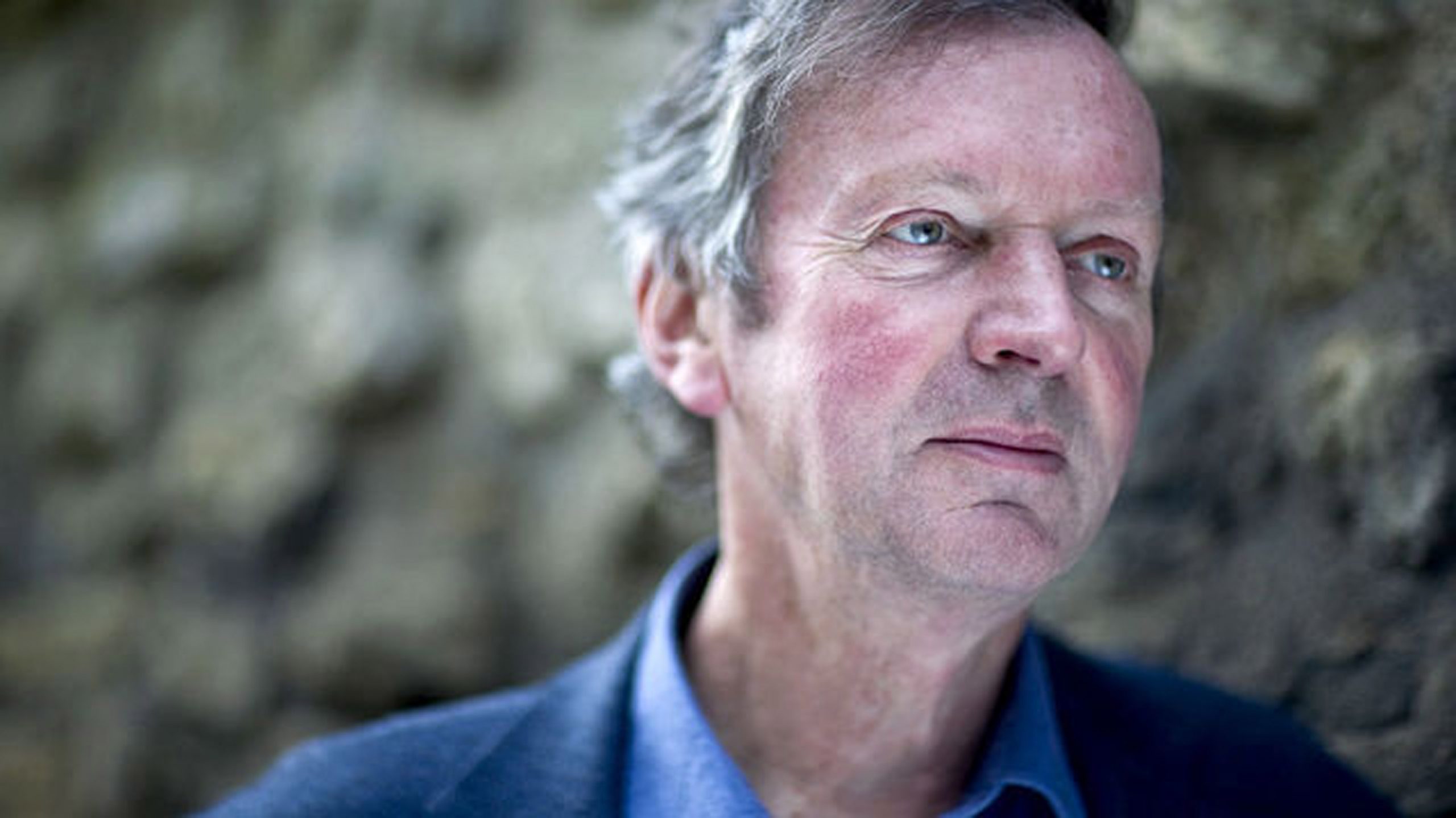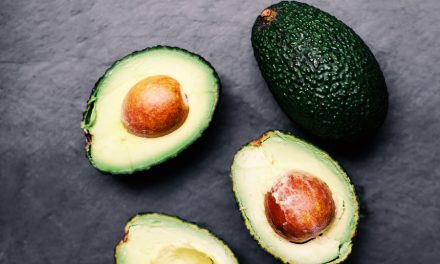I totally respect and love Rupert Sheldrake and I’m not at all surprised that the TED TALK organization censored his talk. I’m also not the least bit surprised that they had this to say about the censorship 1:
“After due diligence, including a survey of published scientific research and recommendations from our Science Board and our community, we have decided that Graham Hancock’s and Rupert Sheldrake’s talks from TEDxWhitechapel should be removed from distribution on the TEDx YouTube channel.
We’re not censoring the talks. Instead we’re placing them here, where they can be framed to highlight both their provocative ideas and the factual problems with their arguments. See both talks after the jump.
All talks on the TEDxTalks channel represent the opinion of the speaker, not of TED or TEDx, but we feel a responsibility not to provide a platform for talks which appear to have crossed the line into pseudoscience.”
People find him and his ideas dangerous- so much so that during one of his discussions, someone even tried to murder him. Keep up the good work Dr. Sheldrake.
Rupert Sheldrake bio 2:
“Rupert Sheldrake is a biologist and author of more than 80 scientific papers and ten books. He was among the top 100 Global Thought Leaders for 2013, as ranked by the Duttweiler Institute, Zurich, Switzerland’s leading think tank. He studied natural sciences at Cambridge University, where he was a Scholar of Clare College, took a double first class honours degree and was awarded the University Botany Prize (1963). He then studied philosophy and history of science at Harvard University, where he was a Frank Knox Fellow (1963-64), before returning to Cambridge, where he took a Ph.D. in biochemistry (1967). He was a Fellow of Clare College, Cambridge (1967-73), where he was Director of Studies in biochemistry and cell biology. As the Rosenheim Research Fellow of the Royal Society (1970-73), he carried out research on the development of plants and the ageing of cells in the Department of Biochemistry at Cambridge University. While at Cambridge, together with Philip Rubery, he discovered the mechanism of polar auxin transport, the process by which the plant hormone auxin is carried from the shoots towards the roots.
From 1968 to 1969, as a Royal Society Leverhulme Scholar, based in the Botany Department of the University of Malaya, Kuala Lumpur, he studied rain forest plants. From 1974 to 1985 he was Principal Plant Physiologist and Consultant Physiologist at the International Crops Research Institute for the Semi-Arid Tropics (ICRISAT) in Hyderabad, India, where he helped develop new cropping systems now widely used by farmers. While in India, he also lived for a year and a half at the ashram of Fr Bede Griffiths in Tamil Nadu, where he wrote his first book, A New Science of Life, published in 1981 (new edition 2009).
Since 1981, he has continued research on developmental and cell biology. He has also investigated unexplained aspects of animal behaviour, including how pigeons find their way home, the telepathic abilities of dogs, cats and other animals, and the apparent abilities of animals to anticipate earthquakes and tsunamis. He subsequently studied similar phenomena in people, including the sense of being stared at, telepathy between mothers and babies, telepathy in connection with telephone calls, and premonitions. Although some of these areas overlap the field of parapsychology, he approaches them as a biologist, and bases his research on natural history and experiments under natural conditions, as opposed to laboratory studies. His research on these subjects is summarized in his books Seven Experiments That Could Change the World (1994, second edition 2002), Dogs That Know When Their Owners Are Coming Home (1999, new edition 2011) and The Sense of Being Stared At (2003, new edition 2012).
In his most recent book (2012), called The Science Delusion in the UK and Science Set Free in the US, he examines the ten dogmas of modern science, and shows how they can be turned into questions that open up new vistas of scientific possibility. This book received the Book of the Year Award from the British Scientific and Medical Network.
In 2000, he was the Steinbach Scholar in Residence at the Woods Hole Oceanographic Institute in Cape Cod, Massachusetts. From 2005-2010 he was the Director of the Perrott-Warrick Project, funded from Trinity College, Cambridge University. He is also a Fellow of the Institute of Noetic Sciences in California, a Visiting Professor at the Graduate Institute in Connecticut, a Fellow of Schumacher College in Devon, England, and a Fellow of the Temenos Academy, London.
He received the 2014 Bridgebuilder Award at Loyola Marymount University, Los Angeles, a prize established by the Doshi family “to honor an individual or organization dedicated to fostering understanding between cultures, peoples and disciplines.” In 2015, in Venice, Italy, he was awarded the first Lucia Torri Cianci prize for innovative thinking
He lives in London with his wife Jill Purce. They have two sons, Merlin, who received his PhD at Cambridge University in 2016 for his work in tropical ecology at the Smithsonian Tropical Research Institute in Panama , and Cosmo, a musician.
Books by Rupert Sheldrake:
A New Science of Life: The Hypothesis of Formative Causation (1981). New edition 2009 (in the US published as Morphic Resonance)
The Presence of the Past: Morphic Resonance and the Habits of Nature (1988; new edition 2011)
The Rebirth of Nature: The Greening of Science and God (1992)
Seven Experiments that Could Change the World: A Do-It-Yourself Guide to Revolutionary Science(1994; new edition 2002) Winner of the Book of the Year Award from the British Institute for Social Inventions
Dogs That Know When Their Owners are Coming Home, and Other Unexplained Powers of Animals(1999; new edition 2011) Winner of the Book of the Year Award from the British Scientific and Medical Network
The Sense of Being Stared At, And Other Aspects of the Extended Mind (2003; new edition 2013)
The Science Delusion: Freeing the Spirit of Enquiry (2012) published in the US as Science Set Free(2012) Winner of the Book of the Year Award from the British Scientific and Medical Network
Rupert Sheldrake has spoken in many scientific and medical conferences, and has given lectures and seminars in a wide range of universities, including the following (from 2008-2013):
Amsterdam University, Holland
Bath Spa University
Birkbeck College, London
Cambridge University
City University, London
Ecole des Beaux-Arts, Paris
Europa University, Frankfurt (Oder), Germany
Goldsmiths College, London
Greenwich University, London
Groningen University, Holland
Haverford College, Pennsylvania
Imperial College, London
Innsbruck University, Austria
Kings College, London
Leiden University, Holland
Middlesex University
New York University
Nils Bohr Institute at Copenhagen University
Northampton University
Oxford University
Royal College of Art, London
Sainsbury Laboratory, Cambridge University
Schumacher College/University of Plymouth
Sussex University
Trinity College, Dublin
University College, London
Vienna University
Vienna: Sigmund Freud University
Vienna: Universität für Bodenkultur
If you would like to learn more…
Rupert’s Autobiography
Curriculum Vitae and list of scientific publications












